MARKET OVERVIEW
The Global Activated Carbon Recycling and Reactivation Service market is a dynamic sector within the broader environmental services industry. This niche market specifically focuses on the recycling and reactivation of activated carbon, a versatile adsorbent material widely used in various industrial processes such as water purification, air filtration, and chemical processing.
Activated carbon, derived from sources like coconut shells, coal, and wood, possesses a highly porous structure that enables it to effectively absorb pollutants and contaminants from gases, liquids, and vapors. However, after multiple cycles of use, activated carbon becomes saturated with impurities, rendering it less effective and in need of regeneration or replacement.
Enterprises operating in the Global Activated Carbon Recycling and Reactivation Service market offer a sustainable solution to this challenge by providing specialized services for the rejuvenation of spent activated carbon. These services typically involve the collection, transportation, and processing of used activated carbon from various industries, followed by thermal reactivation to restore its adsorptive capacity.
One of the key drivers of this market is the growing awareness of environmental sustainability and the need for efficient resource utilization. With regulatory pressures and corporate sustainability goals pushing industries to minimize waste and reduce carbon footprints, the demand for recycling and reactivation services for activated carbon is on the rise.
Furthermore, the cost-effectiveness of reactivated activated carbon compared to virgin material makes recycling and reactivation an attractive option for industries seeking to optimize their operational expenses without compromising on environmental performance. By extending the lifespan of activated carbon through recycling and reactivation, companies can achieve significant cost savings while also reducing their reliance on finite natural resources.
The Global Activated Carbon Recycling and Reactivation Service market caters to a wide range of industries, including water treatment, air purification, food and beverage processing, pharmaceuticals, and automotive manufacturing, among others. Each sector generates spent activated carbon with unique impurities and contaminants, necessitating specialized recycling and reactivation processes tailored to their specific requirements.
Moreover, advancements in technology and process optimization have enabled service providers to offer customized solutions that address the diverse needs of their clients. From onsite regeneration systems to mobile reactivation units, companies in this market are continually innovating to enhance efficiency, minimize downtime, and maximize the value proposition for their customers.
The Global Activated Carbon Recycling and Reactivation Service market plays a vital role in promoting sustainability and resource efficiency across various industries. By offering cost-effective solutions for the rejuvenation of spent activated carbon, service providers contribute to environmental stewardship while helping businesses achieve their operational and regulatory objectives. As the global emphasis on sustainability continues to grow, the demand for recycling and reactivation services for activated carbon is expected to escalate, driving further innovation and expansion in this dynamic market segment.
Global Activated Carbon Recycling and Reactivation Service market is estimated to reach $1769.4 Million by 2031; growing at a CAGR of 7.5% from 2024 to 2031.
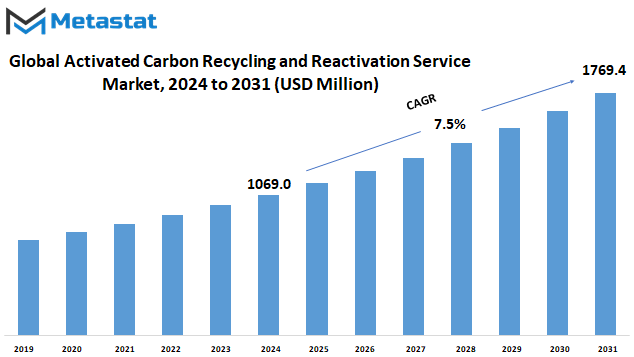
GROWTH FACTORS
The Global Activated Carbon Recycling and Reactivation Service market is experiencing notable trends and factors that influence its growth trajectory. One of the key drivers propelling this market forward is the increasing stringency of environmental regulations worldwide. Governments and regulatory bodies are implementing stricter norms to curb pollution and promote sustainable practices. As a result, industries are compelled to adopt eco-friendly solutions, including activated
carbon recycling and reactivation services, to comply with these regulations and minimize their environmental footprint.
Another significant driver for the market is cost efficiency. Activated carbon recycling and reactivation services offer a cost-effective solution for industries compared to the procurement of new activated carbon. By recycling and reactivating used activated carbon, companies can reduce their operational expenses while maintaining the quality and effectiveness of the carbon. This cost saving aspect is particularly attractive to industries seeking ways to optimize their expenditure without compromising on performance.
Despite the favorable market conditions, there are certain restraints that pose challenges to the growth of the activated carbon recycling and reactivation service market. One such restraint is technological limitations. While recycling and reactivating activated carbon have proven to be effective methods, there are technological constraints that limit the scalability and efficiency of these processes. Innovations in technology are essential to overcome these limitations and enhance the capabilities of recycling and reactivation services.
Additionally, logistical and operational challenges present another barrier to market growth. The transportation and handling of used activated carbon requires specialized infrastructure and expertise. Moreover, the process of reactivating activated carbon involves intricate procedures that demand skilled manpower and meticulous attention to detail. Addressing these logistical and operational challenges is crucial to streamline the supply chain and ensure the seamless delivery of recycling and reactivation services to industries.
Amidst these challenges, there are also opportunities that offer prospects for market expansion. One such opportunity is the potential for growth in emerging markets. As developing countries undergo industrialization and urbanization, there is a growing demand for sustainable solutions to address environmental concerns. The expansion of activated carbon recycling and reactivation services into these emerging markets presents a lucrative opportunity for market players to capitalize on the increasing awareness and adoption of eco-friendly practices.
The Global Activated Carbon Recycling and Reactivation Service market is influenced by various factors, including drivers, restraints, and opportunities. While increasing environmental regulations and cost efficiency drive market growth, technological limitations and logistical challenges pose obstacles. However, the expansion into emerging markets holds promise for market players to capitalize on untapped opportunities and foster sustainable growth in the activated carbon recycling and reactivation service industry.
MARKET SEGMENTATION
By Type
The Global Activated Carbon Recycling and Reactivation Service marke divided into several segments based on type, including Custom Reactivation, Pool Reactivation, and Recycle and Resell. In 2023, the Custom Reactivation segment was valued at 390.2 USD Million, the Pool Reactivation segment at 369.6 USD Million, and the Recycle and Resell segment at 239.8 USD Million. These segments represent different approaches to activated carbon recycling and reactivation, each with its own market value and significance.
Custom Reactivation involves tailored reactivation processes to meet specific customer requirements. This segment caters to clients with unique needs or specifications for their activated carbon, such as contaminant removal targets or operational constraints. With a value of 390.2 USD Million in 2023, the Custom Reactivation segment demonstrates the demand for personalized solutions in the activated carbon recycling market.
Pool Reactivation, valued at 369.6 USD Million in 2023, refers to the collective reactivation of activated carbon from multiple sources. This approach often involves aggregating spent carbon from various industries or applications, then subjecting it to a standardized reactivation process. Pooling resources enables cost efficiencies and economies of scale, making it a popular choice for businesses looking to optimize their carbon management strategies.
The Recycle and Resell segment, valued at 239.8 USD Million in 2023, encompasses the recycling and resale of activated carbon products. Rather than reactivating spent carbon for reuse in the same application, this segment focuses on repurposing activated carbon for different industries or applications. Recycle and Resell initiatives aim to extend the lifecycle of activated carbon by finding secondary markets where it can continue to deliver value.
These segments reflect the diverse approaches to activated carbon recycling and reactivation, each catering to specific market needs and preferences. While Custom Reactivation offers tailored solutions for individual clients, Pool Reactivation emphasizes collective resource management and cost-effectiveness. However, Recycle and Resell initiatives seek to maximize the value of spent carbon by finding new applications and markets for recycled products.
Overall, the Global Activated Carbon Recycling and Reactivation Service market comprises a dynamic landscape of strategies and solutions aimed at maximizing the sustainability and efficiency of activated carbon usage. By understanding the nuances of each segment and their respective market values, stakeholders can make informed decisions to optimize their carbon management practices and contribute to a more sustainable future.
By Application
The global market for activated carbon recycling and reactivation services is categorized by its various applications, including municipalities, refineries, environmental uses, chemical processing, and others. This segmentation allows for a clearer understanding of how activated carbon is utilized across different sectors.
Municipalities represent one significant application area for activated carbon recycling and reactivation services. Municipalities often employ activated carbon for water and wastewater treatment purposes. This involves the removal of impurities and contaminants from drinking water sources or the treatment of wastewater before it is discharged back into the environment. The recycling and reactivation of activated carbon in municipal settings contribute to the efficient and sustainable management of water resources.
Refineries also rely on activated carbon for various purification processes. In the refining industry, activated carbon is commonly used for the removal of impurities from liquids and gases, such as the purification of fuels and the treatment of industrial wastewater. By recycling and reactivating used activated carbon, refineries can minimize waste generation and reduce the environmental footprint of their operations.
The environmental sector encompasses a wide range of applications for activated carbon recycling and reactivation services. This includes air purification, soil remediation, and the treatment of hazardous waste. Activated carbon is known for its ability to adsorb pollutants and contaminants from the environment, making it a valuable tool in environmental cleanup efforts. Through recycling and reactivation, the lifespan of activated carbon can be extended, maximizing its effectiveness in addressing environmental challenges.
Chemical processing is another key area where activated carbon plays a crucial role. In chemical manufacturing processes, activated carbon is used for purification, separation, and filtration purposes. This includes applications such as the removal of impurities from chemical solutions and the recovery of valuable compounds from process streams. By recycling and reactivating activated carbon, chemical processing facilities can optimize their production processes and minimize resource wastage.
The others category encompasses additional applications of activated carbon recycling and reactivation services that may not fit neatly into the categories. This could include sectors such as pharmaceuticals, food and beverage, and automotive, where activated carbon is utilized for various purposes ranging from purification to odor control.
The global market for activated carbon recycling and reactivation services is diverse and multifaceted, with applications spanning across municipalities, refineries, environmental cleanup efforts, chemical processing, and various other sectors. By understanding the different application areas of activated carbon, stakeholders can better appreciate the importance of recycling and reactivation services in promoting sustainability and resource efficiency across industries.
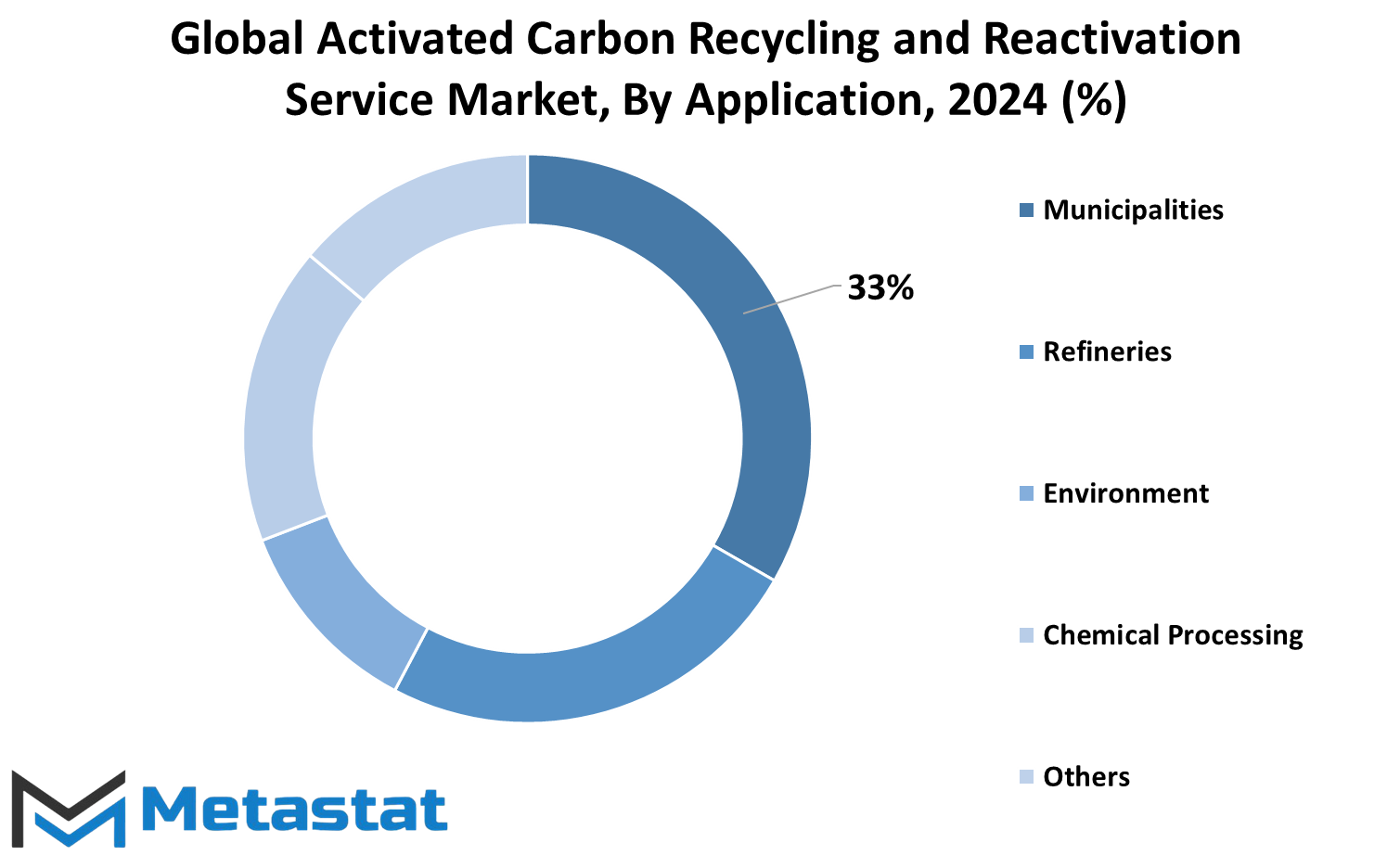
REGIONAL ANALYSIS
The Global Activated Carbon Recycling and Reactivation Service market involves the recycling and reactivation of activated carbon, a material widely used for purification and filtration purposes. This market operates on a global scale, with companies offering their services to various regions worldwide.
Regional analysis plays a crucial role in understanding the dynamics of the Activated Carbon Recycling and Reactivation Service market. It provides insights into the specific trends, challenges, and opportunities present in different geographical areas.
One important aspect of regional analysis is the identification of key market players operating within each region. These players often have a significant influence on market dynamics, including pricing strategies, service offerings, and market penetration.
Furthermore, regional analysis helps in understanding the demand-supply dynamics within each market. It allows companies to tailor their services according to the specific needs and preferences of customers in different regions. For example, regions with high industrial activity may have a greater demand for activated carbon recycling and reactivation services compared to regions with lower industrialization levels.
Moreover, regulatory frameworks and environmental policies vary from region to region, impacting the operations of companies offering activated carbon recycling and reactivation services. Understanding these regulatory differences is essential for ensuring compliance and mitigating risks associated with legal and environmental issues.
Additionally, cultural and societal factors can influence the adoption of activated carbon recycling and reactivation services in different regions. Awareness campaigns, educational initiatives, and public perception play a crucial role in shaping market demand and consumer behavior.
Another important aspect of regional analysis is the assessment of market growth potential in each region. Factors such as population growth, urbanization rates, industrial expansion, and infrastructure development contribute to market expansion opportunities in specific regions.
Furthermore, competition within each region also influences market dynamics. Companies offering activated carbon recycling and reactivation services must assess competitor strategies, market positioning, and customer satisfaction levels to gain a competitive edge.
Regional analysis is essential for understanding the complexities of the Global Activated Carbon Recycling and Reactivation Service market. It provides valuable insights into market trends, competitive dynamics, regulatory frameworks, and growth opportunities across different geographical areas. By leveraging regional insights, companies can develop effective strategies to navigate the market landscape and capitalize on emerging opportunities while mitigating risks.
COMPETITIVE PLAYERS
In the world of activated carbon recycling and reactivation services, several key players stand out, driving competition and innovation in the industry. Among these influential companies are Cabot Corporation and Evoqua Water Technologies LLC.
Cabot Corporation has established itself as a prominent player in the activated carbon sector, bringing expertise and innovation to the table. With a focus on sustainability and efficiency, Cabot Corporation offers comprehensive recycling and reactivation services, catering to a wide range of industries and applications. Their commitment to quality and reliability has earned them a strong reputation in the market, making them a formidable competitor.
Another significant player in the industry is Evoqua Water Technologies LLC, known for its advanced solutions and cutting-edge technology. With a global presence and a diverse portfolio of services, Evoqua Water Technologies LLC is a driving force in the activated carbon recycling and reactivation sector. Their dedication to research and development ensures that they stay ahead of the curve, delivering innovative solutions to meet the evolving needs of their clients.
Both Cabot Corporation and Evoqua Water Technologies LLC bring unique strengths to the table, contributing to healthy competition and driving advancements in the industry. Their focus on sustainability, efficiency, and innovation sets the standard for other players in the market, pushing the boundaries of what is possible in activated carbon recycling and reactivation services.
In addition to Cabot Corporation and Evoqua Water Technologies LLC, there are other players in the market vying for a share of the pie. These companies may vary in size, scope, and specialization, but they all play a role in shaping the competitive landscape of the activated carbon recycling and reactivation service market.
Competition among these players fosters innovation and drives continuous improvement in the quality and efficiency of activated carbon recycling and reactivation services. Customers benefit from a wide range of options and competitive pricing, while companies are incentivized to invest in research and development to stay ahead of the curve.
Overall, the presence of key players like Cabot Corporation and Evoqua Water Technologies LLC in the activated carbon recycling and reactivation service market ensures a dynamic and competitive environment. As technology advances and consumer demands evolve, these companies will continue to play a pivotal role in driving innovation and shaping the future of the industry.
Activated Carbon Recycling and Reactivation Service Market Key Segments: By Type
- Custom Reactivation
- Pool Reactivation
- Recycle and Resell
By Application
- Municipalities
- Refineries
- Environment
- Chemical Processing
- Others
Key Global Activated Carbon Recycling and Reactivation Service Industry Players
- Cabot Corporation
- Evoqua Water Technologies LLC
- Calgon Carbon Corporation (Chemviron)
- Desotec
- BATREC Industrie AG
- Donau Carbon GmbH
- CPL Activated Carbons
- JACOBI CARBONS GROUP
- Carbon Activated Corporation
- Xingyuan Industry Group
WHAT REPORT PROVIDES
- Full in-depth analysis of the parent Industry
- Important changes in market and its dynamics
- Segmentation details of the market
- Former, on-going, and projected market analysis in terms of volume and value
- Assessment of niche industry developments
- Market share analysis
- Key strategies of major players
- Emerging segments and regional growth potential



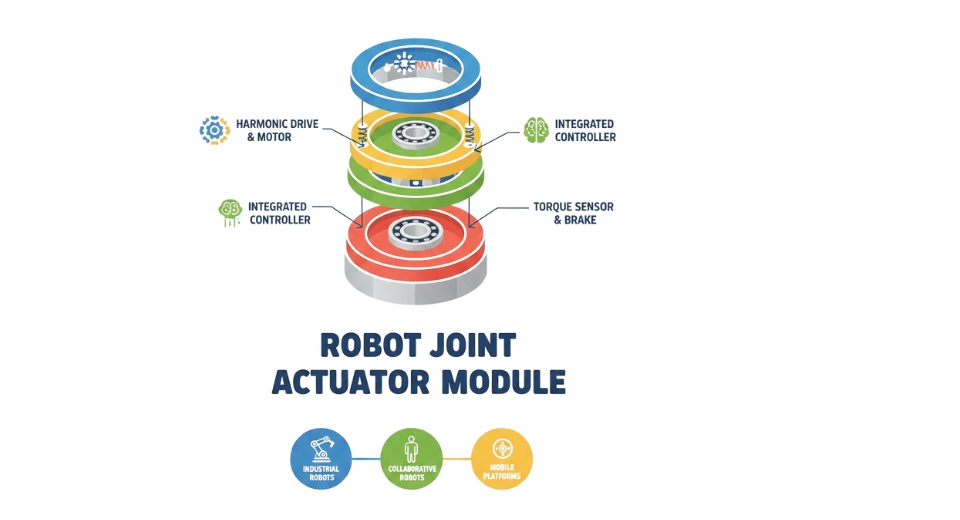
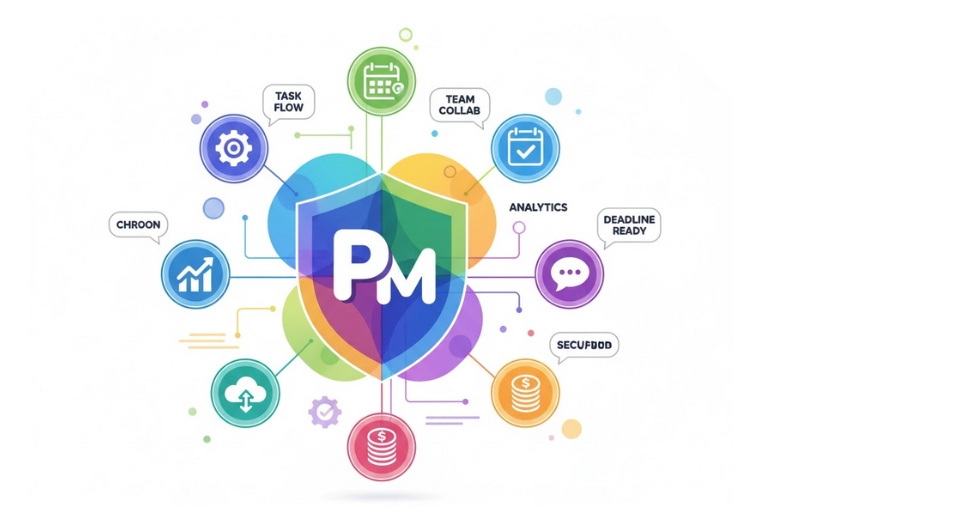
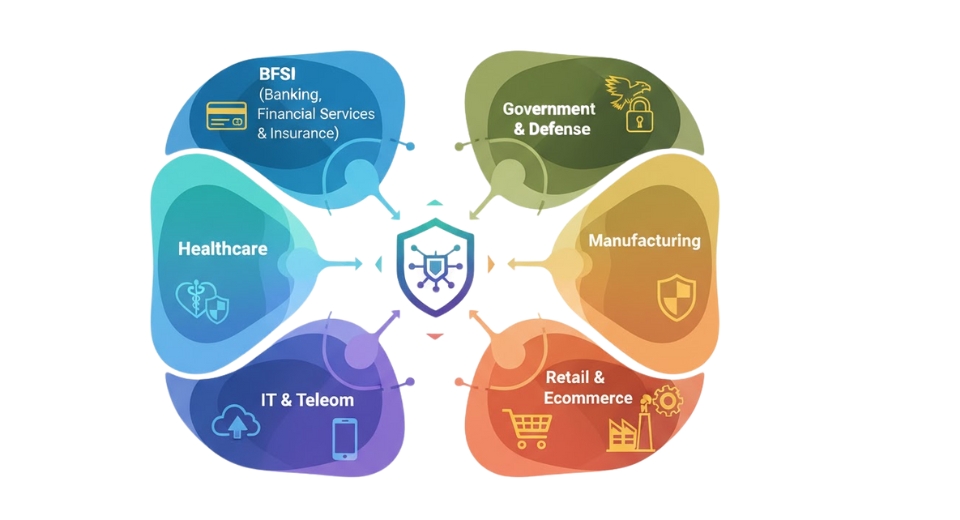
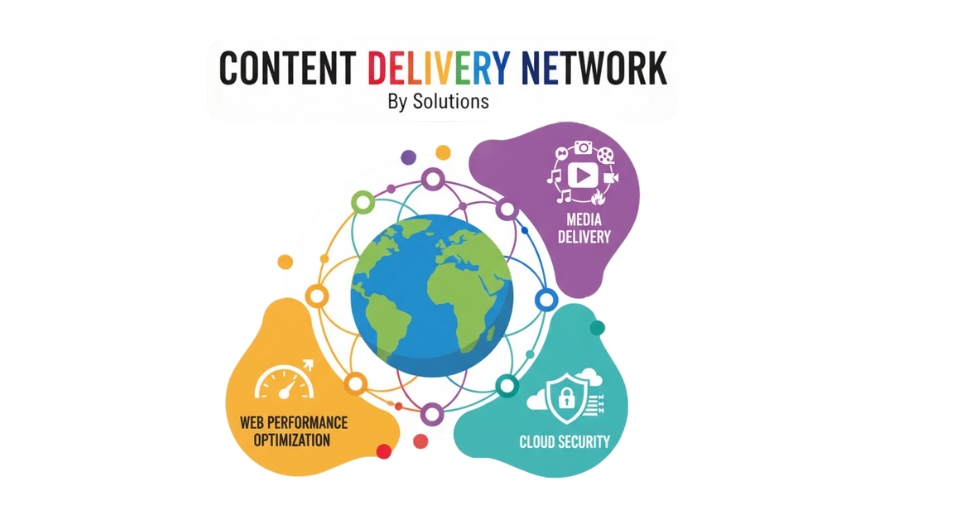

 US: +1 3023308252
US: +1 3023308252






